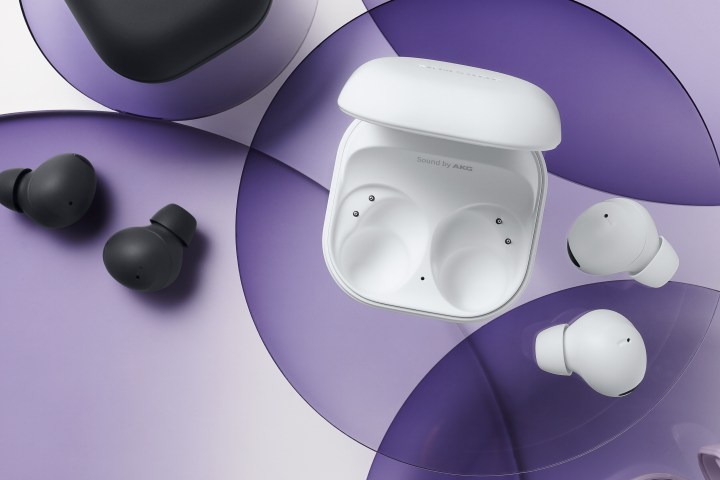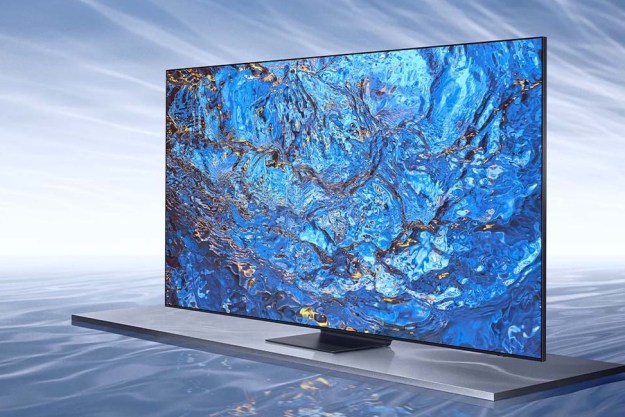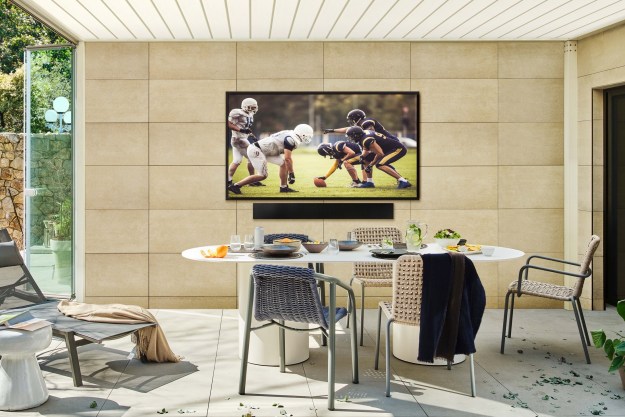
One of the more exciting aspects of the latest Bluetooth 5.3 specification’s LE Audio platform is the inclusion of Auracast. It’s a clever way of turning Bluetooth devices like phones and TVs into mini radio stations that are able to broadcast audio over Bluetooth to an unlimited number of nearby wireless headphones, speakers, etc — without the hassle of Bluetooth pairing.
We’ve been waiting for more than a year to see a major electronics player announce support for Auracast, and it’s finally here: Samsung says it will be adding Auracast to its Samsung Galaxy Buds2 Pro and select 2023 TVs in September.
The rollout of Auracast will be limited at first — Samsung says it will only be updating its 2023 Neo QLED 8K and 2023 Micro LED TVs with the required software, and they will only be able to broadcast to similarly updated Galaxy Buds2 Pro wireless earbuds. Still, the news is a welcome move as Auracast is essentially open technology — once a TV or other device is set to broadcast over Auracast, any Auracast-enabled receiver within range will be able to listen in.

Samsung points to the many possibilities the technology enables: “Auracast opens a variety of potential use cases and possibilities for further device applications,” the company said in its press release, “from augmented or assistive listening in a theater or lecture hall for those who want hear better, to sharing a playlist from your smartphone while on a run with friends, to even multi-language support without translation devices by sending different language interpretations via different channels.”
Other applications include airports or other public transportation hubs and vehicles, where poor quality publis announcement systems and passenger noise can make it hard to hear important announcements. Movie theaters could use it to provide alternative language soundtracks or described video (DV) content. Your local gym could enable it on every TV so you no longer need to rely solely on closed captions.
Unfortunately, not all devices that support LE Audio necessarily include Bluetooth Auracast as a feature — it’s an optional add-on to the LE Audio specification. Some companies that have added LE Audio to their newest products — most recently Marshall — have promised to support Auracast when the technology finally arrives on smartphones and other devices. However, many others haven’t, which means that if you’re specifically looking to use a product with Auracast, you’ll need to make sure the model in question lists Auracast support in the specifications.
Editors' Recommendations
- Samsung QN900D 8K TV first look: fully loaded flagship
- Samsung unveils pricing and preorder details for its 2024 OLED TVs
- What is Auracast? The Bluetooth broadcast standard fully explained
- Samsung adds wireless connectivity, touchscreen tech to its Premiere projectors
- Google says the Pixel Buds Pro/Pixel 8 phone combo is better for calls — it’s not that simple




